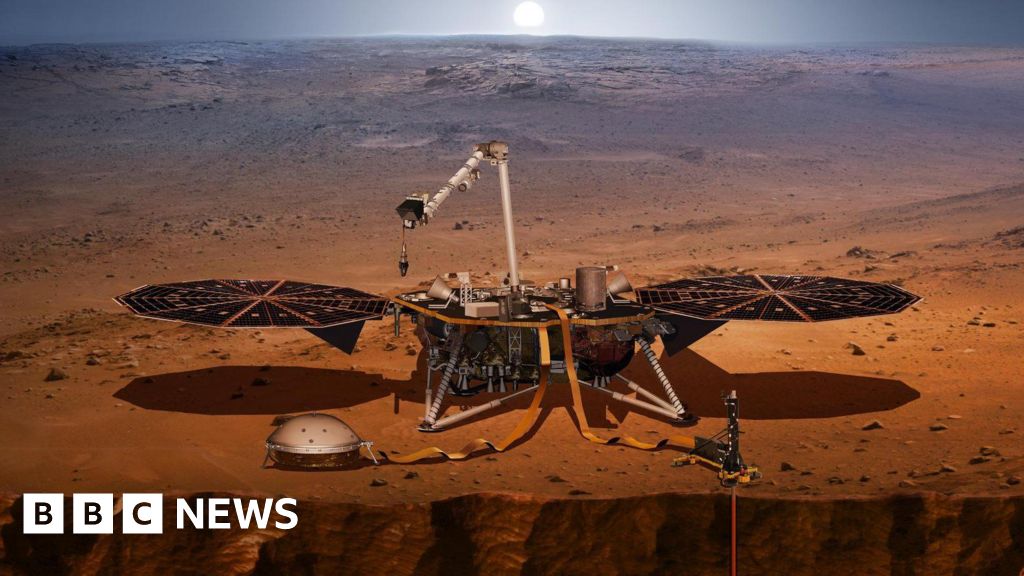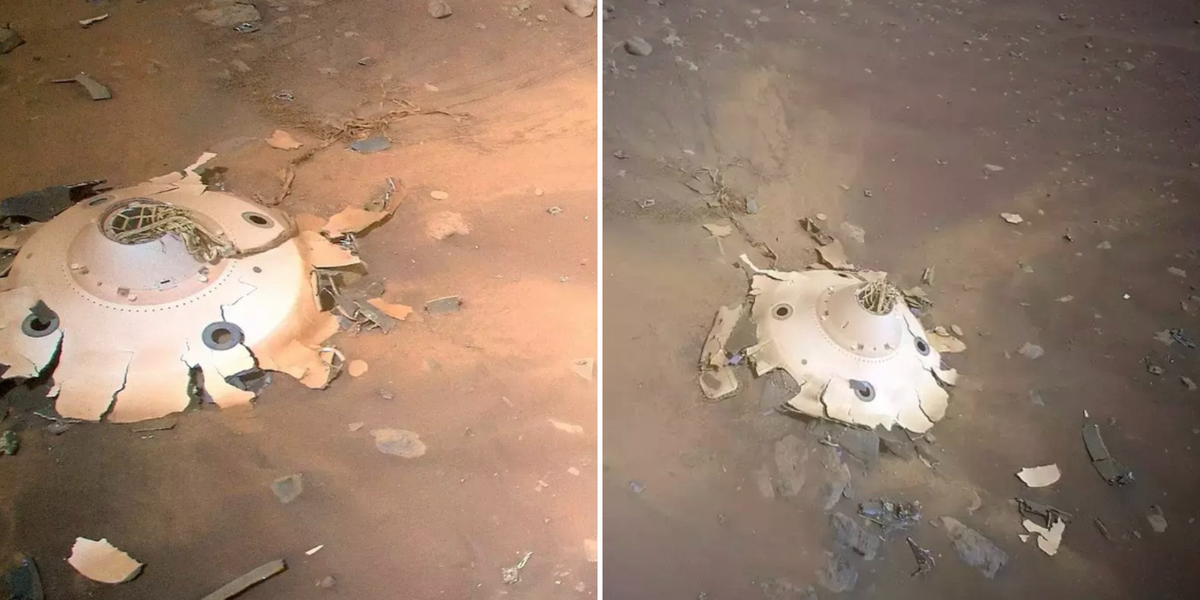Martian Mystery Solved: Liquid Water Found Deep Beneath Surface

Scientists have made a groundbreaking discovery: a vast reservoir of liquid water has been detected deep within Mars's rocky outer crust. This revelation, published in the *Proceedings of the National Academy of Sciences*, sheds light on the planet's watery past and potentially its capacity for supporting life.
The findings stem from an analysis of data collected by NASA's InSight Lander, which landed on Mars in 2018. Equipped with a seismometer, InSight spent four years recording vibrations â Martian quakes â originating from deep within the Red Planet. By meticulously examining these tremors, researchers identified "seismic signals" indicative of liquid water.
While frozen water exists at the Martian poles, and evidence of water vapour is present in the atmosphere, this marks the first detection of liquid water on the planet. The discovery was achieved by analysing how seismic waves travel through different materials.
"These are the same techniques we use to prospect for water on Earth, or to look for oil and gas," explained Professor Michael Manga, from the University of California, Berkeley, a key researcher involved in the project.
The analysis pinpointed water reservoirs situated roughly 10 to 20 kilometres below the Martian surface. "Understanding the Martian water cycle is crucial for comprehending the evolution of its climate, surface, and interior," stated lead researcher Dr Vashan Wright, from UC San Diego's Scripps Institution of Oceanography.
Professor Manga emphasised the significance of water in shaping a planet's evolution, noting that this finding answers the long-standing question of where Mars's water went. Ancient riverbeds and lake formations on the Martian surface point to a once-abundant water supply, but Mars has been a desert for three billion years.
While some water was lost to space as Mars lost its atmosphere, Professor Manga explained that a substantial amount of water on Earth is underground, suggesting a similar scenario on Mars.
InSight's seismometer could only directly record from the crust beneath its landing site, but researchers believe similar reservoirs exist across the planet. Extrapolating from their findings, they estimate that Mars's liquid water reserves are sufficient to form a layer over half a mile deep across the entire surface.
However, this subterranean location poses a challenge for any ambitions of tapping into Martian groundwater, as highlighted by Professor Manga. "It's sequestered 10-20km deep in the crust," he explained. "Drilling a hole 10km deep on Mars â even for [Elon] Musk â would be difficult."
Beyond the logistical hurdles, this discovery offers intriguing possibilities in the ongoing search for signs of life on Mars. "Without liquid water, you don't have life," stated Professor Manga. "So if there are habitable environments on Mars, those may be now deep underground."
The revelation of liquid water deep beneath the Martian surface significantly advances our understanding of the planet's evolution and opens new avenues in the quest to uncover the secrets of Mars, including the potential for past or present life.





